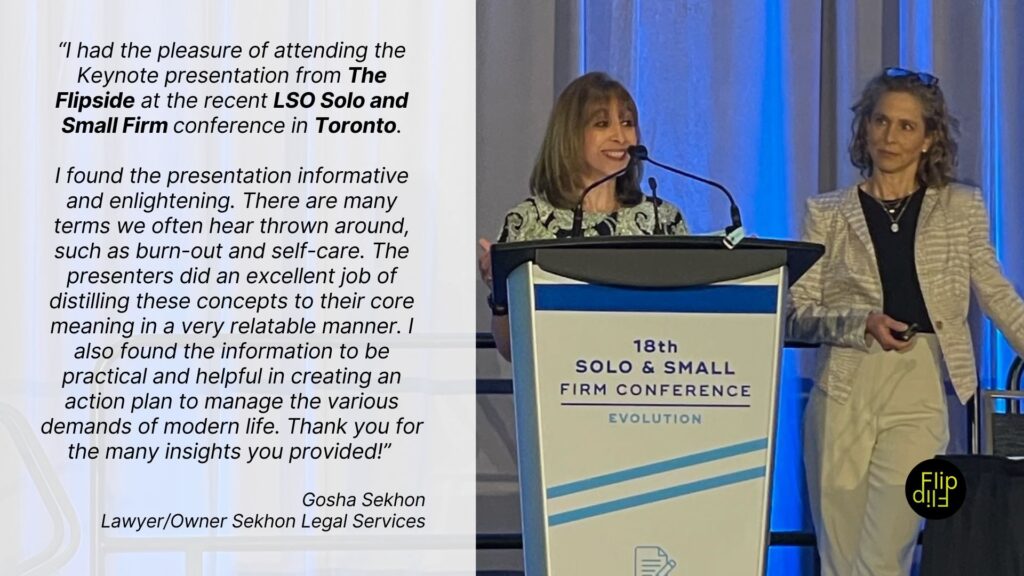Stress
Do you fight, fly or … freeze?

“Stress is a healthy reaction that is meant to be uncomfortable. It is nature’s way of telling you that something is wrong and that you need to act to put it right.”
Steve Peters, The Chimp Paradox
In recent times, the word “stress” has gained a negative connotation, something to fear and try to stay away from. But the truth is that the stress response is a natural and automatic defence mechanism many animals, including us -the human species- have, where a strong instinct creates a powerful reaction which provokes an intense emotion that makes us act quickly. The stress response is wired within the emotional system to ensure survival, protection, and performance. Stress is a good thing to have because it allows us to solve problems, quickly, in a fast-paced world as well as to react to unexpected events.
“Fight” and “flight” are the most common labels associated to the stress response. A particular trigger renders a built-in reaction: Either you run away from the threatening lion or fight against it to protect your offspring. There is not much thought going on in this process (thankfully, otherwise the lion will have a great meal).
Traditionally, these have been the two main responses to stress. But in modern times we do not necessarily need to fight a tiger or run away from a storm. We are more prone to fight against a deadline (take the threat) or flee a toxic environment (run away from the threat), or even freeze, a reaction studied as a modern stress responsein which we keep still or avoid a situation, hoping the threat will go away while remaining unnoticed.
When stress becomes a problem.
Stress becomes a problem when we do not deal with it constructively.
Let’s imagine the following scenario: when faced with a room full of strangers, what will your instinctual reaction be: get out as soon as possible (flight), hide in your device and try to remain unnoticed (freeze) or establish quick interactions and create a presence (fight)? All the above options are ok because they will make you “survive” the “stressful” situation and go back home undamaged. But, at some point, the way we react to the stressor may become a problem.
Stress becomes a problem when we do not deal with it constructively, so how we manage it is the turning point between good and bad stress. The fact is that the stress response releases two main chemicals: adrenaline and cortisol. When these chemicals are coupled with negative thoughts, an atomic bomb explodes inside our mind, making stress hard to deal with, and creating a very well-known emotion: Anxiety.
Regardless of the way you react to this stressful situation (fight, flight or freeze), the thoughts you welcome to your mind will determine if you start feeling anxious (build-up for chronic stress) or, on the flipside, release stress and go back to baseline.
When stress becomes anxiety.
Anxiety is nature telling us we need to decide.
Let’s picture once again the room full of strangers. How different it is to go into this room and leave shortly after because you started judging yourself, and thinking how everyone is ignoring you, instead of leaving shortly after simply acknowledging it is time to go. The situation is the same (a room full of strangers), the stressor does not change (unknown territory), the initial stress response remains (flight), but the thoughts is a what made stress an evil companion. And once anxiety is felt, it is nature telling us we need to decide and do to stop the negative thinking triggered by a stress response.
So now we know our brain is equipped with a natural response to danger called the stress response. This is great. We are hardwired to react quickly and instinctively either by fighting or confronting a situation, walking (flying or running) away from threat, or freezing temporarily hoping the threat disappears. Yet, even more interesting is the fact that we are built with an internal alarm system (anxiety) that tells us, after a stressful event, that we need to decide, act, move. Haven’t you felt the release of anxiety after making a choice you have been struggling with? After making a call you have been avoiding? After completing a project, you have been procrastinating.
What to do?
AMP it up.
We also know that negative thoughts coupled with stress drive us away from making decisions and lead us to anxiety and potentially chronic stress. What to do to tame negative thoughts in stressful moments. Dr. Steve Peters AMP technique is one option:
Accept: and get it off your chest. Bottling emotions is probably the worst thing you can do, as these emotions will continue to come back to you, creating a behaviour pattern and making you react in the same way (you dislike). So, talk it out “I fear being in a room full of strangers”.
Move-on: There are usually two choices, either you stay in the same problem, or you move to a different place. If the place where you are is not working, why fear moving to a different place?
Plan: But you cannot move on without a plan, otherwise it will be a temporary escape, returning you to the same spot all over again. A plan will take you out of the cycle, and it will help you manage your emotions by engaging in different practices. For example, plan to invite a collogue or a friend to come with you to your next work event. Be simple and realistic with you plan and start from where you are (not from where you want to be).
Change your narrative on stress and think of it a great natural response. Change your approach to stressors and identify your instinctual response. Either you fly, fight of temporarily freeze, train your brain to recognize when stress hits, accept your emotions, move-on and plan what next (to tame your thoughts)!
All the concepts used in this article were based on Dr. Steve Peters book, The Chimp Paradox. If you are a leader, a parent, a spouse, a teenager, an athlete, a coach, or just a curious mind, this book explains how the brain works, how we interact as human and what to do to make the best out of it.
Bring the stress on,
Rosana





